The Problem:
The Solution:
The dramatic increase in the use of synthetic fertilizers Nitrogen, Phosphorus and Potassium (NPK) since the early 1900’s has resulted in the depletion of naturally occurring minerals in soils. The Earth Summit concluded in 1992 that “There is deep concern over continuing major declines in the mineral values in farm and range soils throughout the world.” This was based on data showing a decline in nutrient levels over the last 100 years: Europe – 72% decline. Asia – 76% decline, North America – 85% decline. Nanotechnology has the potential to revolutionize the agricultural and food industry with new tools for the molecular treatment of diseases, rapid disease detection, enhancing the ability of plants to absorb nutrients etc.
Farmlands worldwide have steadily been depleted of trace minerals. One may surf the net and see literally thousands of academic articles on this subject. Although we can still produce abundant food volume (tons per acre) using chemical fertilizers on our farmlands, the quality of the produce has declined significantly over time.
Consider a study from the US Department of Agriculture presented to the United States Senate in 1936. It concluded:
“ . . . the alarming fact is that foods (fruits, vegetables, and grains) now being raised on millions of acres of land that no longer contains enough of certain minerals are starving us – no matter how much we eat.”
That was over 80 years ago! It has gotten even worse today. We use more than double the amount-per-acre of chemical fertilizers than we did in 1936 and our crop quality and mineral content is worse than it was in 1936.
In recent years, agencies of the federal government have emphasized the need to diminish America’s reliance on chemical fertilizers. Scientists at the USDA’s Agriculture Research Service in Texas, conduct online seminars and travel the country teaching farmers how to create healthy soil. Their message is simple:
“Although the United States has some of the richest soils in the world, decades of agricultural abuse have taken their toll, depleting the dirt of essential nutrients and killing off bacteria and fungi that create organic material essential to plants.“
Worldwide, agriculture is the second-largest source of climate change pollution—and both the manufacturing and application of fertilizer has a heavy emissions toll. Synthetic nitrogen fertilizers (derived from fossil gas) and pesticides (derived from fossil gas and crude oil) both contribute to global warming, biodiversity collapse, and toxic pollution. From a manufacturing perspective, the production of the key component of synthetic nitrogen fertilizers is Ammonia (NH₃) which contributes between 1 and 2% of worldwide carbon dioxide emissions. Ammonia has to be made at a high pressure under high temperatures—meaning it takes a lot of energy to manufacture. Most of that energy comes from burning fossil fuels like coal and methane gas, which give off the greenhouse gas carbon dioxide, the main cause of climate change.
From an application perspective, synthetic NPK fertilizers also produce greenhouse gases after farmers apply them to their fields. Crops only take up, on average, about half of the nitrogen they get from synthetic fertilizers.
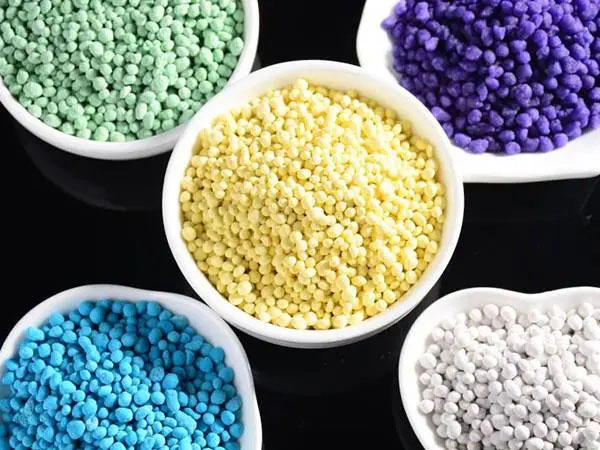
NPK fertilizer applied to crops release an estimated 450 million tons of carbon dioxide (CO2) per year as a result of only half of the fertilizer being absorbed by crops — equivalent to the total energy system emissions of South Africa. Much of the applied fertilizer runs off into waterways, or gets broken down by microbes in the soil, releasing the potent greenhouse gas nitrous oxide into the atmosphere. Although nitrous oxide accounts for only a small fraction of worldwide greenhouse gas emissions, pound for pound, nitrous oxide warms the planet 300 times as much as carbon dioxide. Agriculture accounts for roughly two-thirds of global emissions of nitrous oxide (N2O).
Waste by-products are also an issue with NPK fertilizers. Potassium and Phosphorus are both mined ores. Phosphate production generates huge amounts of phosphogypsum wastes, nearly 48 million MTs in 1988 alone. Industry estimates that 5.2 tons of phosphogypsum is produced for every ton of phosphoric acid. Phosphorus processing also produces high quantities of naturally occurring radioactive materials. The environmental impact of potash mining is generally localized to the mine site, and may include the disruption of vegetation and wildlife, as well as large-volume water consumption and contamination. Then all three components have to be processed together. This quadruple production process has massive negative impacts on the immediate environment and broader climate change impacts.
Fertilizers contain high concentrations of nitrogen, phosphorus, and other nutrients that are essential for plant growth. When applied in excess, these nutrients can seep into waterways and eventually make their way into the ocean. This process, known as nutrient pollution, can lead to harmful algal blooms, fish kills, and other negative impacts on marine life.
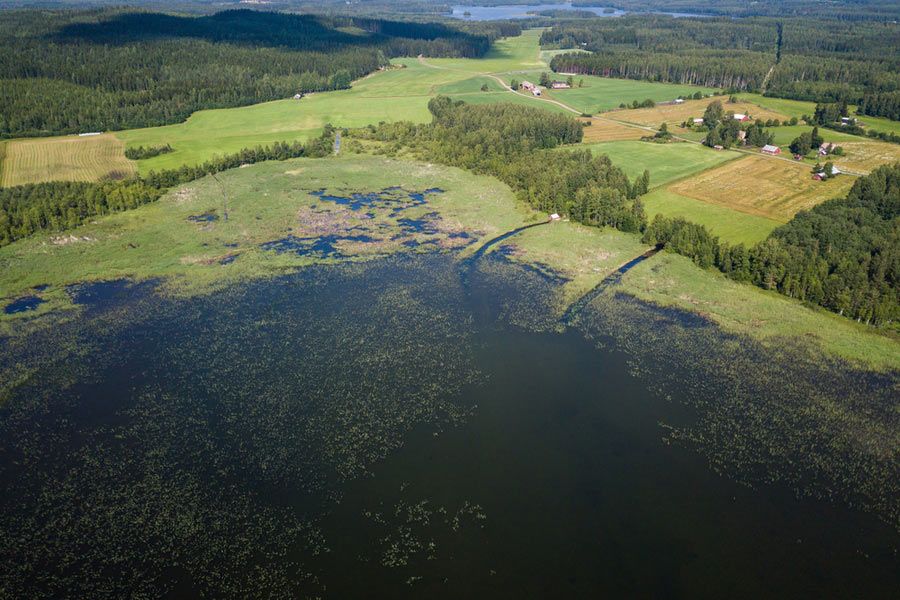
One of the most damaging effects of fertilizers on marine ecosystems is the formation of harmful algal blooms. Algae are essential components of marine ecosystems, providing food and oxygen for fish and other organisms. However, when excessive nutrients from fertilizers enter the water, they can cause algae to grow rapidly and form massive blooms. These blooms can block sunlight from reaching the ocean floor, which can harm plants and animals that rely on it. Moreover, some types of algae produce toxins that can be harmful to fish, marine mammals, and humans.
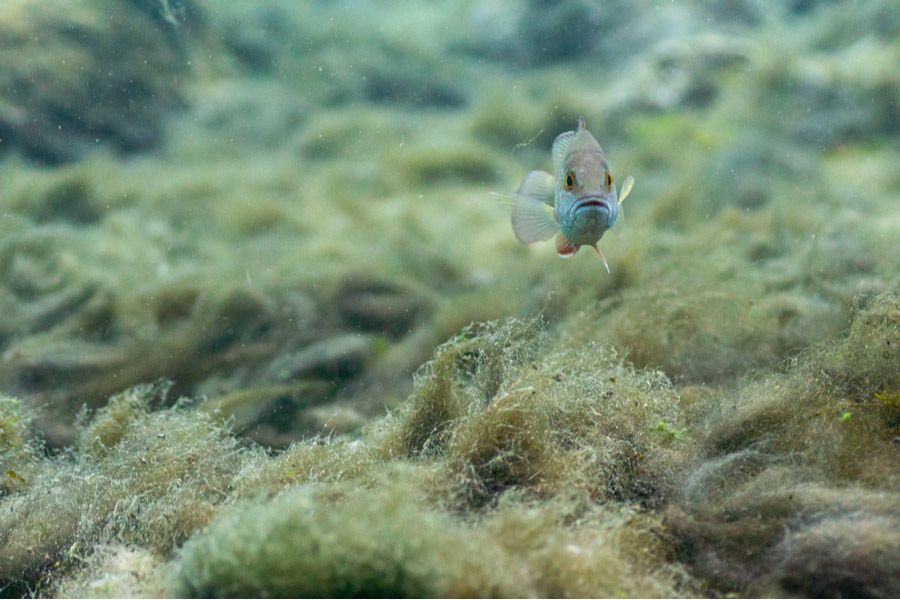
Another impact of fertilizer use in marine ecosystems is the death of fish and other aquatic animals. As mentioned earlier, nutrient pollution can cause algal blooms, which can deplete the oxygen in the water as the algae decompose. This oxygen depletion, known as hypoxia, can lead to fish kills and the death of other marine organisms. Moreover, some species of fish and shellfish may accumulate high levels of toxins produced by harmful algae, making them unsafe for human consumption.

In addition to harming marine life, nutrient pollution can also have economic consequences. For example, when harmful algal blooms occur, fisheries may need to close, causing economic losses for fishermen and their families. Moreover, businesses that rely on tourism may suffer if beaches are closed due to algal blooms.
Now that we have discussed the damaging effects of fertilizers on marine ecosystems, let’s look at some natural solutions that can help eliminate the use of fertilizers.
One solution is to adopt sustainable agricultural practices that reduce the need for fertilizers. For example, farmers can use crop rotation, cover crops, and other techniques to naturally replenish soil nutrients and reduce the need for fertilizers. Moreover, farmers can use natural fertilizers, such as compost and manure, which provide nutrients in a slow-release form that is less likely to cause nutrient pollution.
Another solution is to promote the use of natural and organic fertilizers. For example, farmers can use seaweed extracts, bone meal, and other natural products that provide essential nutrients to crops without harming marine ecosystems. Moreover, consumers can choose to buy organic food, which is grown without the use of synthetic fertilizers.
Finally, we can reduce nutrient pollution by using water more efficiently. For example, homeowners can install rain barrels to capture and reuse rainwater, reducing the need for irrigation and the use of fertilizers. Moreover, communities can invest in green infrastructure, such as rain gardens and green roofs, which can help absorb and filter storm water before it enters waterways.
In conclusion, fertilizers can have serious environmental consequences when they enter marine ecosystems. Nutrient pollution can cause harmful algal blooms, fish kills, and other negative impacts on marine life. Moreover, nutrient pollution can have economic consequences, affecting fisheries and tourism. However, by adopting sustainable agricultural practices and promoting the use of natural and organic fertilizers, we can reduce the need for synthetic fertilizers and protect our marine ecosystems.
There are two types of greenhouse gas emissions that will be mitigated through the production of Mineral-Gro® products as an alternative climate safe and organic fertilizer. The first is the difference in emissions reduced during production of Mineral-Gro® products vs. NPK, the second is the reduction in greenhouse emissions because significantly less raw materials are required for each crop for Mineral-Gro® products vs. traditional NPK fertilizers.
The Mineral-Gro® products have no byproducts, either during mining or processing. The deposit is mined and processed into micro-sized powder in the first step. During the second step, the powder is nano-sized and concentrated in water. All water is filtered and then used in the final product. The amount of water waste is negligible and safe. The amount of by-products of any kind is also negligible and safe.
The secondary indirect benefit of Mineral-Gro® products is that they are applied to crops on an average of 1 gallon per acre as compared to applications of NPK during a growing season, at 200 lbs. per acre. This increased efficiency, reduced need for the volume of product, dramatically reduces the use and need for NPK at the level it is being used by producers today.
Mineral-Gro® products restore the soil over time, increasing the biologics in the soil, adding back in a wide range of trace minerals, replace the use of NPK, reducing the leeching from the soil that synthetic fertilizers cause.
Because of the very small size of the mineral particles, when mixed with additional water and applied as a foliar spray to leaves or added to the soil, the minerals become available to the plants. Microbial activity is activated in the soil and the amount of required water, plant nutrients and pesticides are reduced.
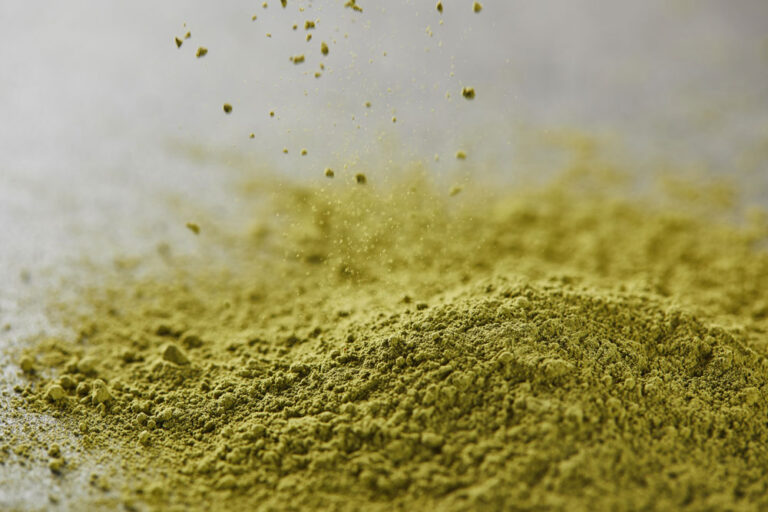
Our new liquid Mineral-Gro® nano-minerals is an additive for agriculture, including livestock.
Mineral-Gro® products re-mineralize farmland and stimulates soil rehabilitation.
Mineral-Gro® products are applied indoor and outdoor in a foliar spray over any type of plants, crops or trees.
Mineral-Gro® products can also be applied directly to roots in hydroponics and fogponics operations.
Mineral-Gro® products can be included in livestock water and feed for superior growth and health of the animals.
Loaded with nano-sized organic minerals in activated water, Mineral-Gro® products offer availability of up to 78 minerals to plants and animals, enhancing growth, health and quality of products.
Availability of nano trace minerals has been described by scientists and agricultural experts as a “revolution” in the agricultural and livestock industries.

Using Mineral-Gro® Products
- Prevents land fertility from declining
- Improves the nutrition regime of harvested crops
- Enriches rhizosphere by stimulating the production of beneficial microorganisms
- Prevents losses of nutrient substances
- Improves condition of crop vegetation, obtaining high and stable organic yields
- Changes soil acidity towards its optimal level, increasing humus content in the soil and so facilitating soil restoration
- Produces clean and healthy agricultural products, preserving the natural balance of the ecosystems
- Acts as an adaptogen, increasing germination rate and seed germination energy, seedling survival
- Increases plant growth intensity (rootstock mass by 3 to 5 times, leaf-area duration by 30 to 50%, vegetation mass by 2 to 3 times)
- Facilitates the increase in yields by 20 to 50%
- Having an anti-stress effect, increases plant resistance to adverse environmental conditions (drought, frost, disease, etc.)
- Improvement in quality: taste, sugar contents, quality and quantity of fiber, vitamins and increased shelf life of products
- Reduces overall cost of agricultural products
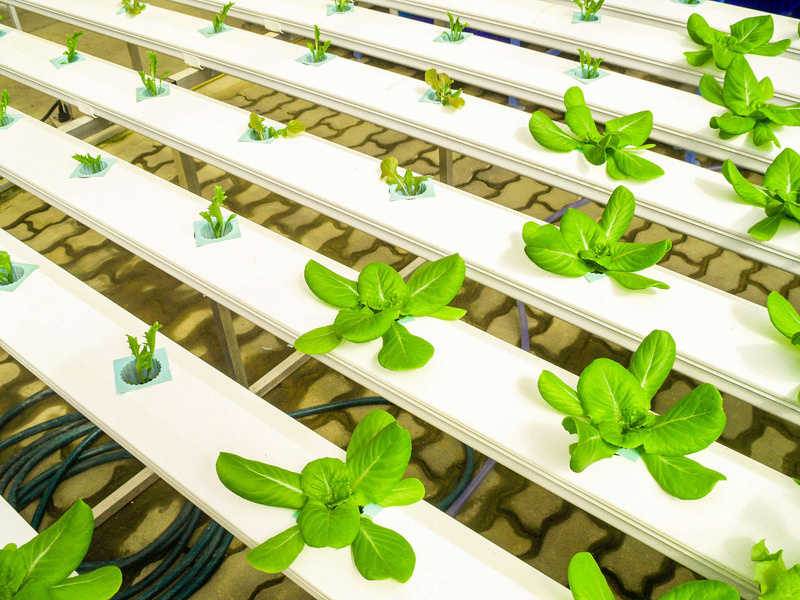
Compared to chemical fertilizers and other growth-stimulating substances:
- Produced better Seed germination
- Improved root formation
- Facilitated plant growth and development
- Increased yields
- Improved product taste characteristics
- Inhibited bacterial and fungal diseases
- Reduced the level of heavy metal accumulations
- Reduced the level of radionuclide accumulations
- Reduced the level of nitrate and nitrite
- Increased soil fertility
- Increased drought resistance of plants
- Increased the cold resistance of plants
PLUS:
- Acts as antidote upon application in tank mixtures with pesticides
- No personal protective equipment needed
- No special storage place needed
- Environmentally safe
- Potential application for cultivating
- Environmentally clean product
- Organic fertilization of soils
